A journey of okra
I’ve always enjoyed gardening, but this season, I decided to grow okra for the first time. I had heard that it’s a relatively easy crop, especially in warm climates, and I was excited to see how it would go. The journey from seed to fruit turned out to be rewarding and surprisingly straightforward, though not without its lessons.

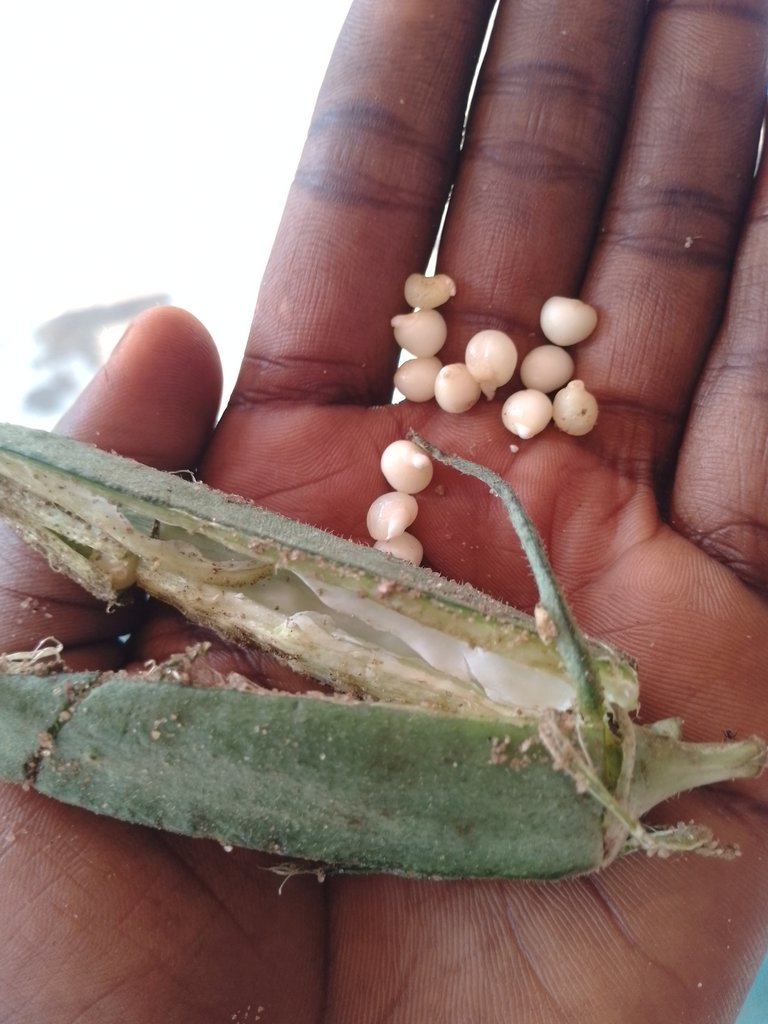
I started in early spring, just after the last frost passed. I chose a sunny spot in my backyard that gets at least six hours of direct sunlight daily. The soil there is well-draining, slightly sandy, and I enriched it with compost a week before planting to give the seeds a good start.

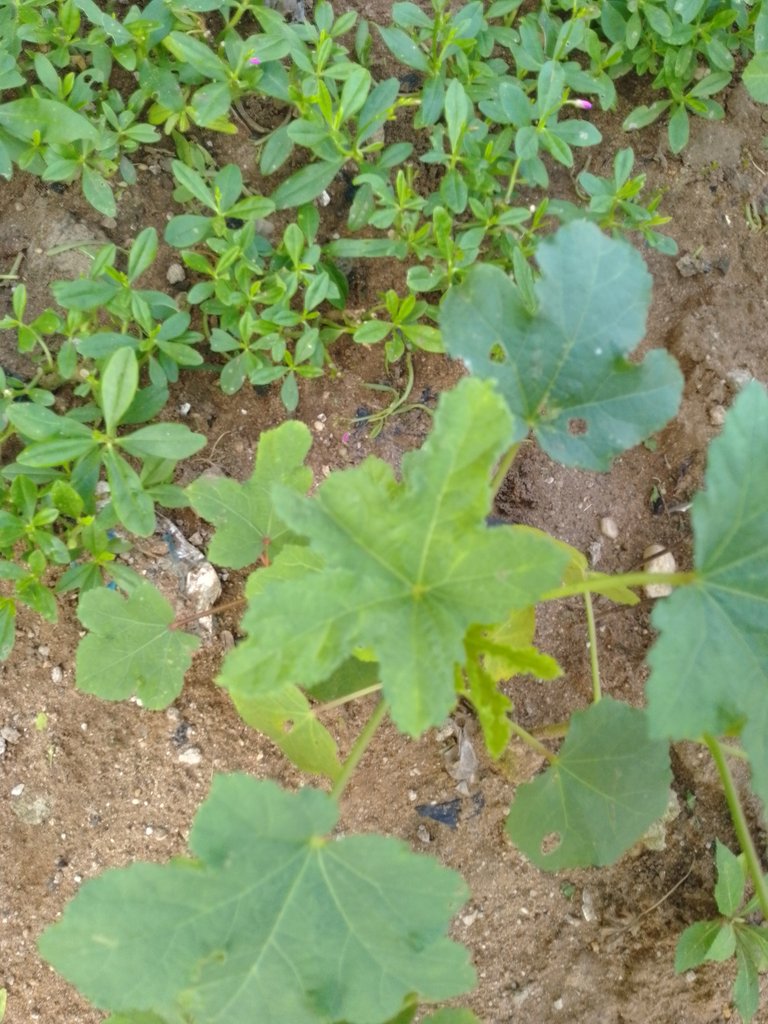
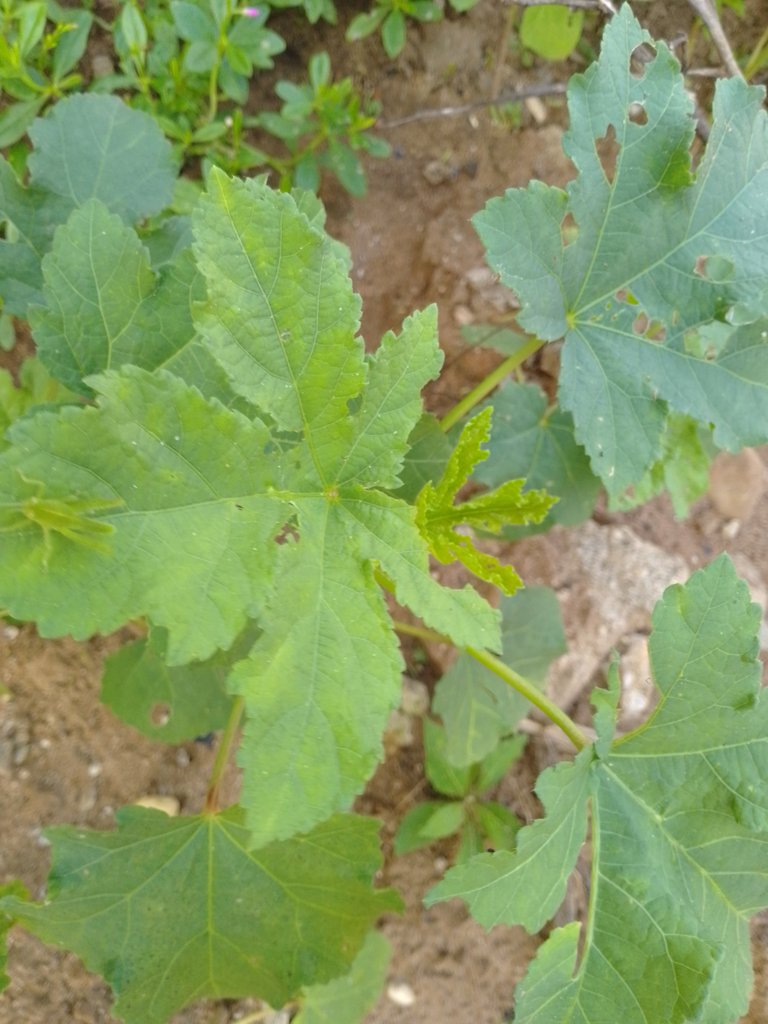
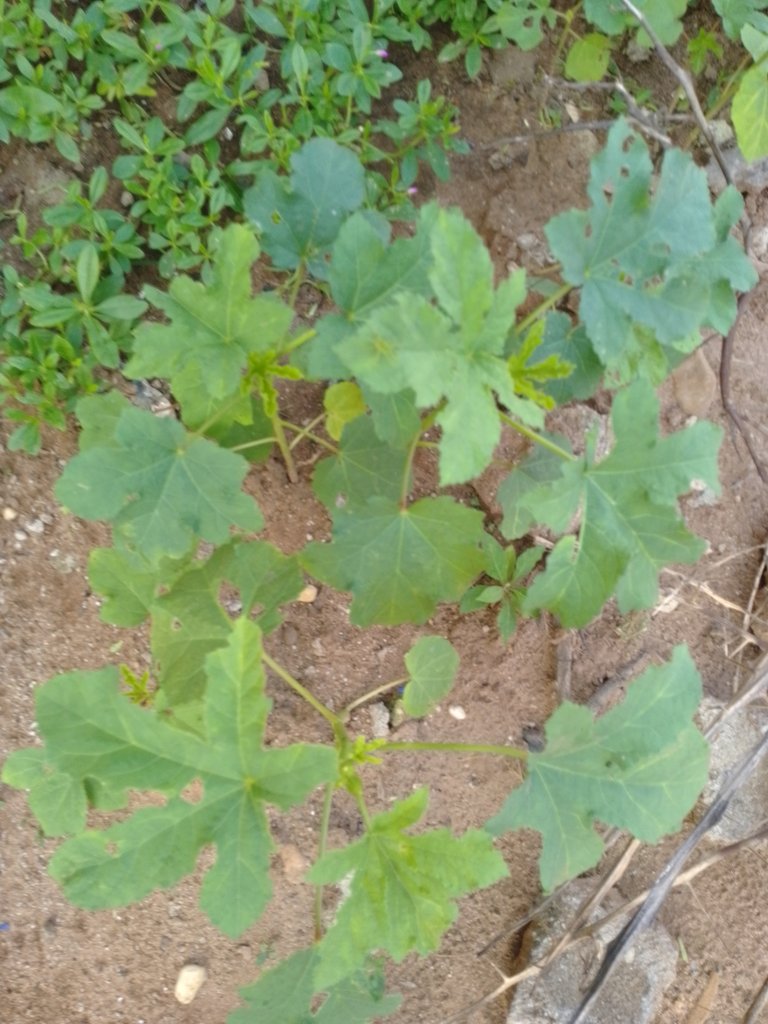
On day one, I soaked the okra seeds overnight in warm water. I read that this helps soften their hard outer coating and speeds up germination. The next morning, I planted them about an inch deep, spacing them roughly 12 to 18 inches apart in rows. I watered the soil gently but thoroughly, making sure it stayed consistently moist during those first few days.

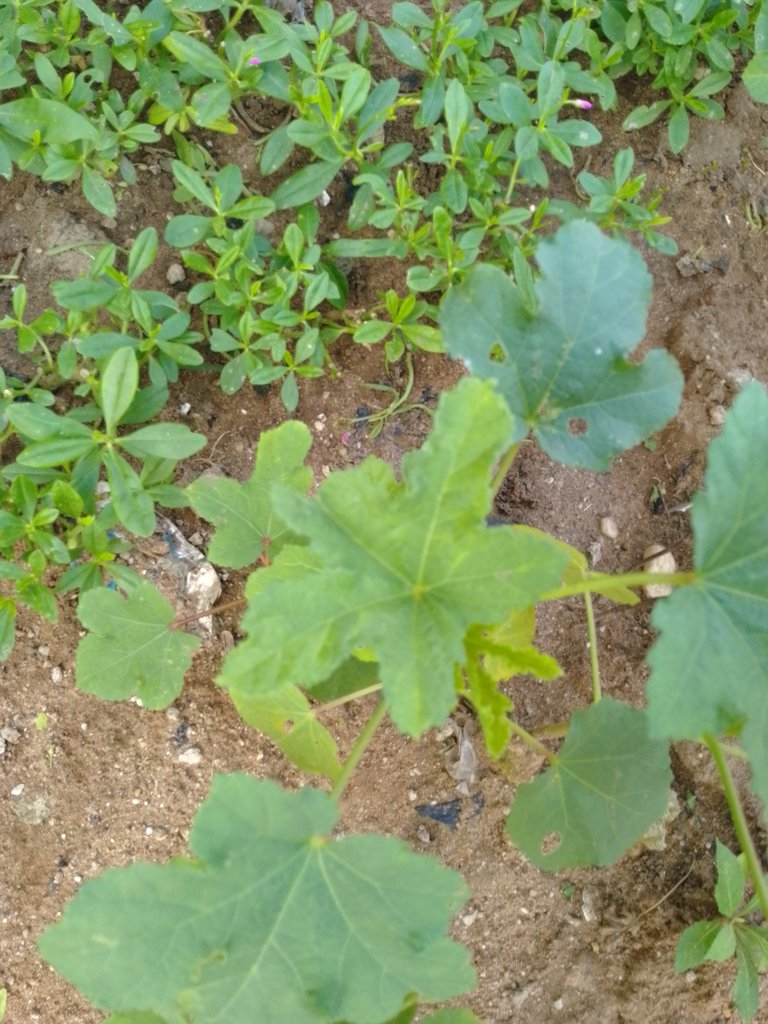
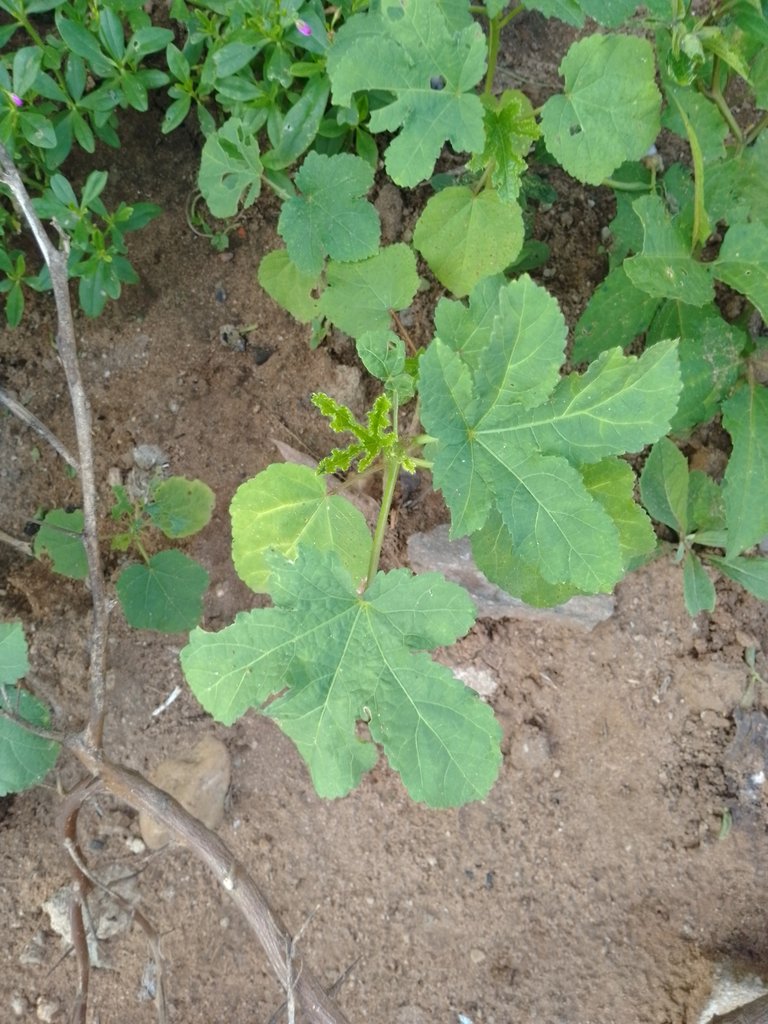
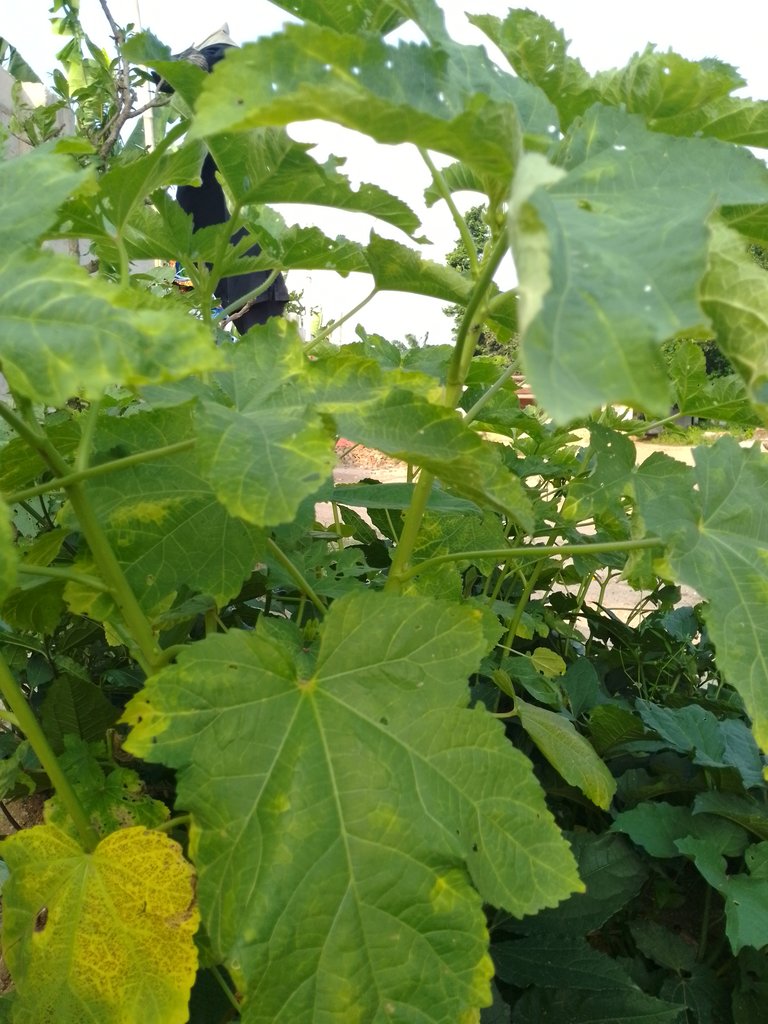
In less than a week, little green sprouts began pushing through the soil. Watching them emerge was incredibly satisfying. I kept the area weed-free and continued watering every other day, adjusting depending on rainfall and temperature. Okra loves warmth, so as the temperatures climbed, the plants seemed to thrive.
By the third week, the seedlings were noticeably stronger and taller. I thinned them out a bit to avoid overcrowding. As they grew, I noticed how quickly their leaves and stems developed. Around week five, the plants had become bushy and about two feet tall.
Pests became a concern around this time, especially aphids and flea beetles. I managed them using a mixture of neem oil and water, spraying early in the morning. It worked well, and I didn’t have to worry about harming beneficial insects.
Around week six or seven, the okra plants started to bud. I was so excited when I saw the first pale yellow flowers bloom with a beautiful purple center. Within a couple of days after each flower opened, a tiny okra pod began forming right beneath it. That was the moment I realized I had done it—I had successfully grown okra!

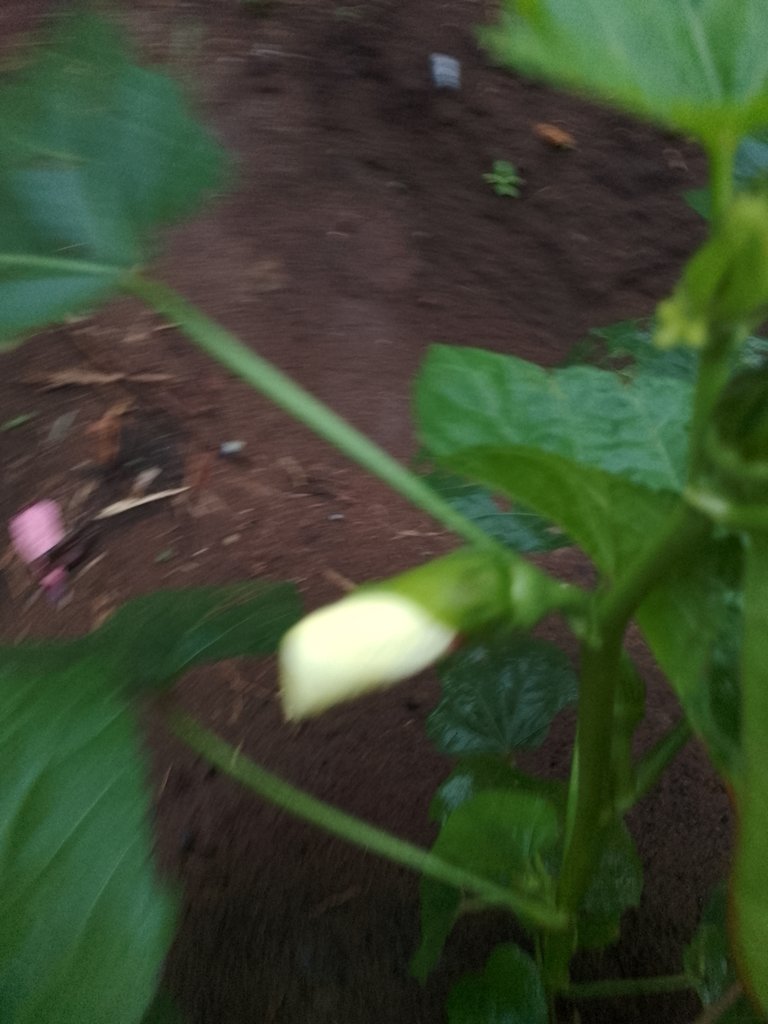
The pods grew incredibly fast. Within 3 to 5 days, they were ready for harvest. I used a sharp knife to cut them off while they were still tender, around 3 to 4 inches long. If left too long, they’d become woody and tough. From that point on, I harvested every other day, as the plants kept producing more pods.

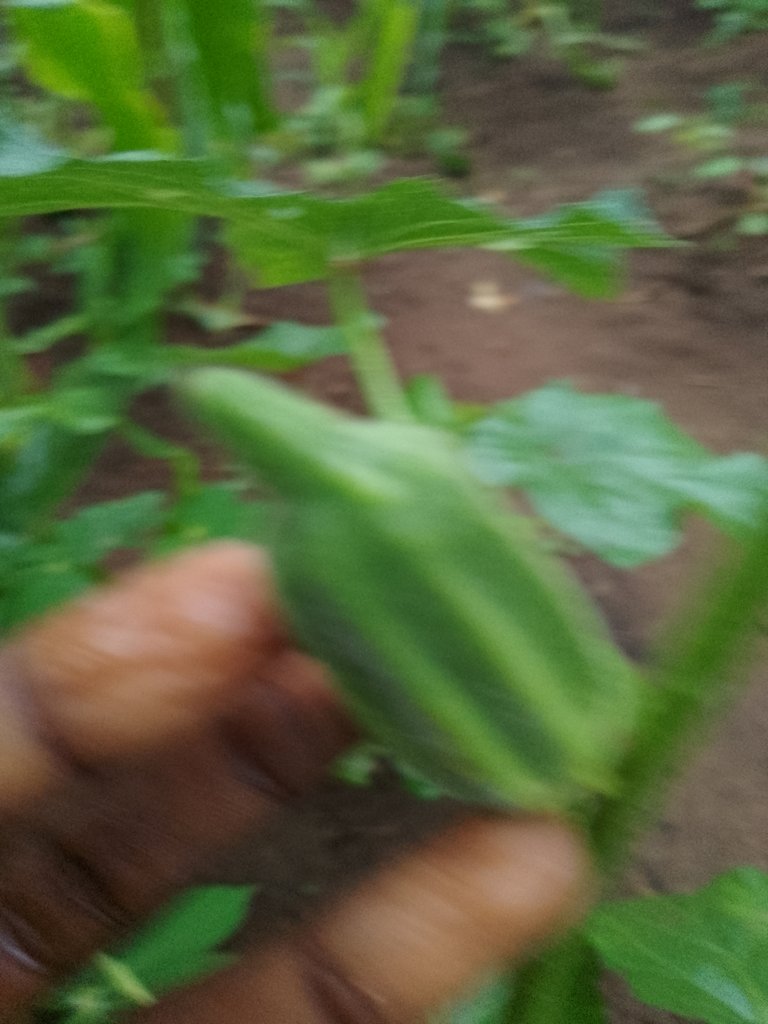
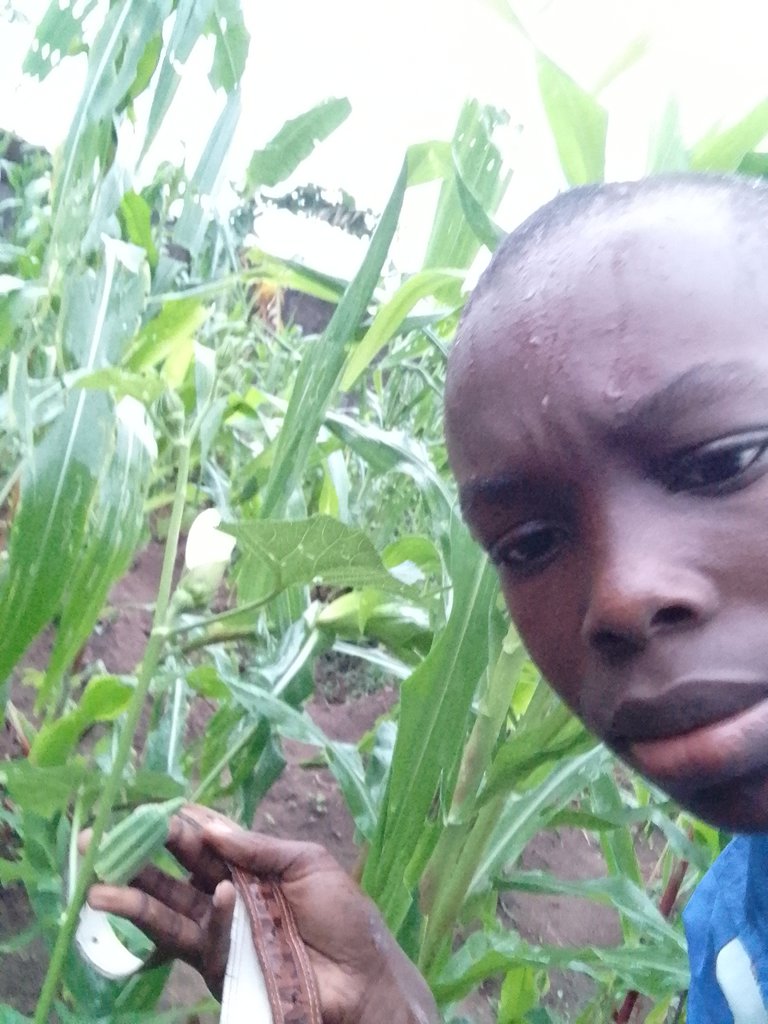
Growing okra from seed to harvest taught me patience, consistency, and the importance of checking in on my plants daily. Nothing beats the satisfaction of cooking with something you’ve grown yourself, and I can confidently say that okra has earned a permanent spot in my garden.